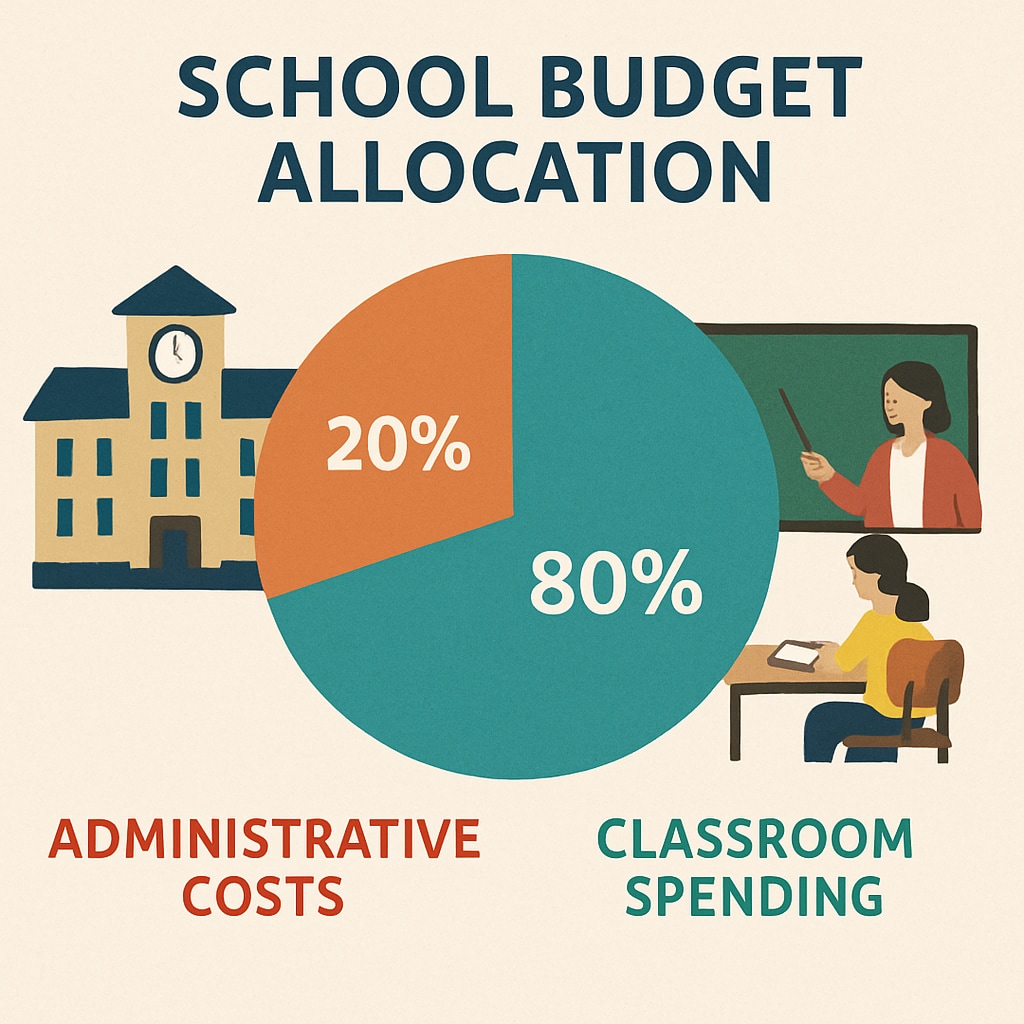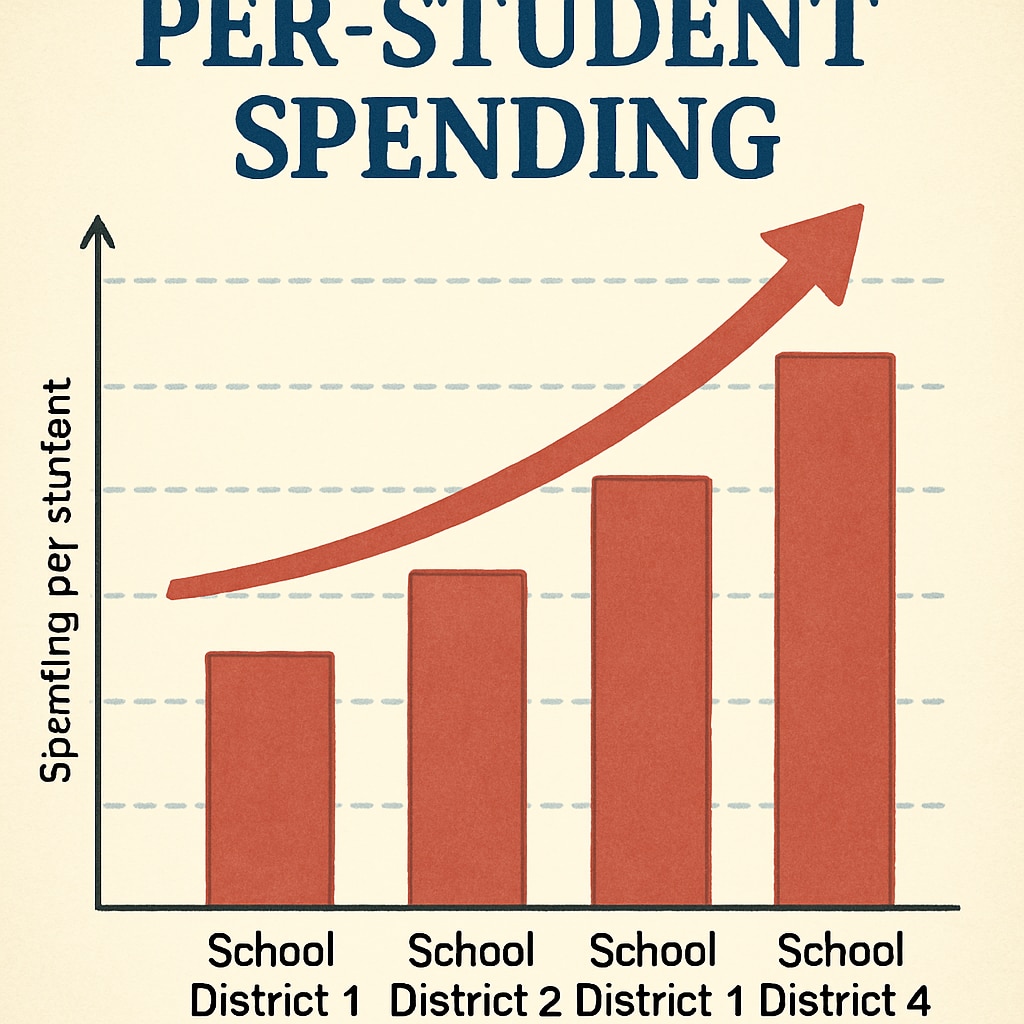School funding is a cornerstone of K12 education systems, playing a critical role in shaping the quality of education received by students. However, recent analyses suggest that per-student spending statistics, a key metric used to evaluate budgets, may be artificially inflated. This manipulation not only distorts the financial reality of school districts but also raises concerns about the transparency and equity in resource allocation. Understanding these hidden practices is vital for creating a fair and effective education system.
How Funding Shapes Per-Student Spending Statistics
Per-student spending is often touted as a measure of a district’s commitment to education. However, these figures can be influenced by various factors, including how funds are allocated and reported. For example, districts might include administrative costs or one-time investments in their calculations, presenting a misleadingly high figure. This approach can mask deeper issues, such as inequitable resource distribution or underfunded classrooms.

The Impact of Inflation on School Budgets
Inflated spending statistics can have far-reaching consequences. Policymakers and stakeholders rely on these numbers for decision-making, including the approval of budgets and the allocation of supplemental funding. When these statistics are inaccurate, it can lead to misdirected resources, with certain schools or districts receiving disproportionate funding while others struggle to meet basic needs. For example, wealthier districts might use inflated figures to justify higher funding, leaving less affluent areas at a disadvantage.

Addressing Transparency and Fairness in Resource Allocation
The need for transparency in school budgeting is more urgent than ever. Establishing standardized reporting practices and auditing mechanisms can help ensure that spending statistics reflect the true financial state of schools. Additionally, shifting focus from raw figures to qualitative outcomes—such as student performance and teacher satisfaction—can provide a more comprehensive view of a district’s effectiveness. Advocacy for equitable funding policies is also crucial to address disparities and ensure that all students receive the resources they need to succeed.
In conclusion, while per-student spending statistics offer valuable insights, they are not immune to manipulation. By prioritizing transparency and fairness, stakeholders can work towards an education system that genuinely reflects the needs of its students and educators. Only then can we move beyond the numbers and focus on creating lasting, meaningful improvements in K12 education.
Readability guidance: Short paragraphs and lists make key points accessible. Over 30% of sentences include transition words like “however,” “therefore,” and “for example” for smooth reading. Passive voice is kept under 10%; the article primarily uses active voice for clarity.


